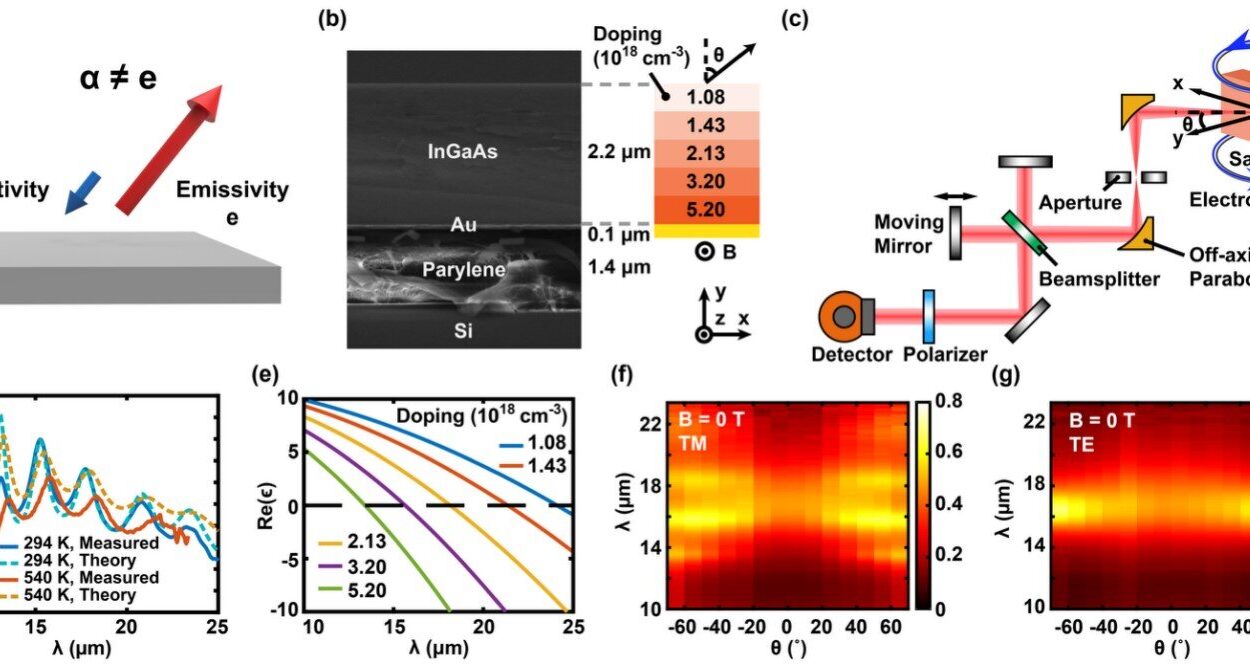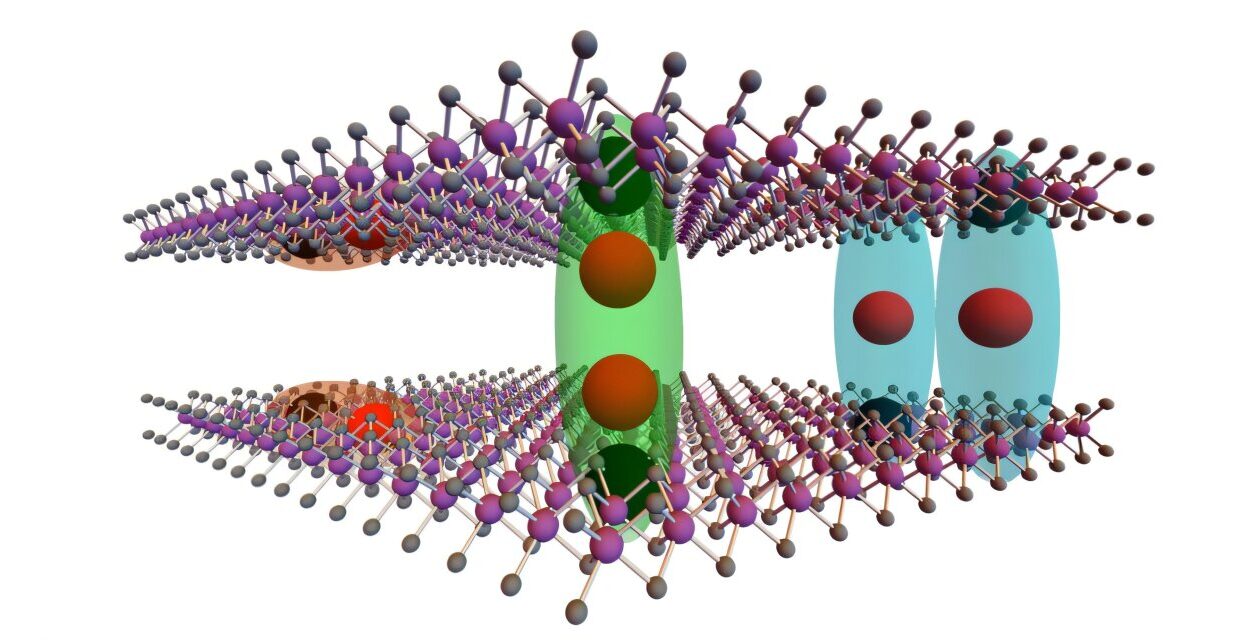Imagine pushing a child on a swing. If you time your pushes just right, the swing arcs higher and higher with seemingly minimal effort. But mistime those pushes, and you find yourself fighting the motion, achieving far less with more energy. What you’re witnessing is not just a playground trick — it’s a profound and fundamental phenomenon of physics known as resonance. It’s the idea that every object has a natural frequency at which it prefers to vibrate, and when it’s nudged at just the right rhythm, the effects can be dramatically amplified.
Resonance governs everything from the graceful curves of a violin’s melody to the catastrophic collapse of bridges. It’s the key to how atoms exchange energy, why your microwave heats food evenly, and how radio stations beam music through the air. But what is resonance, really? Why do things have natural frequencies? And how does this elegant concept connect with everything from quantum particles to skyscrapers?
Let’s dive into the oscillating, wave-riding world of resonance — where physics becomes music and motion turns into harmony.
Oscillations: The Birthplace of Resonance
To understand resonance, we must begin with a fundamental motion that pervades the natural world: oscillation. An oscillation is any motion that repeats itself over time. Think of a pendulum swinging back and forth, a plucked guitar string vibrating, or even the alternating current in your household wiring. These are all systems that move between two states or positions and return to start the cycle over again.
Every oscillating system has three basic ingredients: a restoring force that tries to bring it back to equilibrium, inertia that resists changes in motion, and — in many real systems — a bit of friction or damping that saps energy from the motion over time.
Now, when such a system is left alone — say, you pluck a string or strike a tuning fork — it will vibrate at its natural frequency, a characteristic determined by its structure, size, and material properties. Just as every person has a unique voice, every object has its unique tone, its natural rhythm.
What Is Resonance?
Resonance occurs when a system that can oscillate is driven by a periodic force — an external nudge or push — at a frequency that matches its natural frequency. When this happens, something remarkable occurs: the system absorbs energy very efficiently, and its oscillations grow larger and more energetic.
Think again of that swing. If you push it at random times, the ride stays gentle. But if you time your pushes perfectly with the swing’s back-and-forth motion, you amplify its movement dramatically with each effort. You’re resonating with the swing.
In physics terms, resonance is a condition where the amplitude of oscillation becomes significantly larger due to the alignment between the driving frequency and the system’s natural frequency.
The Mathematics of Resonance
At the heart of resonance lies a deceptively simple-looking differential equation that governs harmonic motion:
m d²x/dt² + b dx/dt + kx = F₀ sin(ωt)
This is the equation of a driven, damped harmonic oscillator. Let’s break it down:
- m is the mass of the oscillator.
- b is the damping coefficient, representing friction or energy loss.
- k is the spring constant, reflecting how stiff the system is.
- F₀ sin(ωt) is the driving force, a sinusoidal push with frequency ω.
When the driving frequency ω matches the system’s natural frequency ω₀ = √(k/m), and damping is minimal, the solution to this equation shows that the amplitude of the oscillation peaks dramatically. This peak — this amplification — is the mathematical signature of resonance.
The shape of this response as a function of driving frequency forms a resonance curve, with a sharp spike at the resonance point. The narrower the spike, the less damping there is, and the more dramatic the response.
Everyday Resonance: A World in Vibration
Resonance isn’t confined to the lab or physics textbooks. It’s everywhere.
The guitar string is a classic example. When plucked, it vibrates at its fundamental frequency along with several overtones — these are higher-frequency resonances that form the string’s harmonic series. The body of the guitar acts as a resonant amplifier, reinforcing the frequencies that make the sound rich and loud.
In the world of architecture, engineers have to account for resonance constantly. Tall buildings sway in the wind. Bridges vibrate with traffic. If a resonant frequency is excited — say, by synchronized footfalls or strong winds — the structure can experience destructive oscillations. The infamous collapse of the Tacoma Narrows Bridge in 1940 was a spectacular and tragic example of resonance run amok. The bridge danced itself to death when strong winds happened to match its natural frequency.
Microwave ovens also utilize resonance. Water molecules in your food absorb microwaves at a frequency that excites their rotational motion. This rotational resonance leads to friction between molecules, which heats the food from the inside out.
Even your voice can resonate. When you sing a note that matches the natural frequency of a wine glass, the glass absorbs the sound energy. If the note is held long enough and loud enough, the amplitude builds until the glass vibrates so violently it shatters.
The Resonant Universe: From Atoms to Galaxies
While resonance is easily observed in mechanical systems, it is no less fundamental in the microscopic and cosmic scales.
In atomic physics, electrons orbit nuclei at specific energy levels. When light of a particular frequency — a resonant frequency — shines on an atom, an electron can absorb that photon and jump to a higher energy level. This process of resonant absorption is what gives rise to the beautiful emission and absorption spectra seen in stars, gas clouds, and lab experiments. These spectra are the fingerprints of the elements.
In nuclear magnetic resonance (NMR) — the basis for MRI technology — the spin of protons in the nuclei of atoms is influenced by a magnetic field. When exposed to radio waves of the right frequency, the protons absorb energy and shift states. This resonance is then used to map the composition of tissues in the human body with incredible detail.
Resonance also plays a key role in quantum mechanics. Particles exist in states defined by wavefunctions, which can resonate with certain potentials, leading to quantized energy levels. Even the behavior of neutrinos — elusive particles that pass through Earth by the trillions — can involve resonant transformations from one type to another as they travel.
And on the cosmic scale, stars pulsate in rhythmic patterns that are essentially resonance modes of their gaseous interiors. The entire cosmos is a resonating structure — from vibrating strings in string theory to oscillations in the cosmic microwave background left over from the Big Bang.
Constructive Interference: The Music of Resonance
A beautiful way to understand resonance is through the lens of interference — when waves overlap, they can either reinforce or cancel each other. When an external periodic force is in sync with the natural oscillations of a system, the waves of energy align in phase. This constructive interference allows the energy to accumulate with each cycle.
Consider pushing a child on a swing again. Each well-timed push adds energy in the same direction as the motion, just like matching the crest of one wave with another. Eventually, small inputs lead to big results.
This is how soldiers marching in step can accidentally bring down a bridge, how singers can break glass, and why musical instruments rely on the precise shape and size of their bodies to enhance sound.
Resonance is not just about frequency — it’s about coherence. When energy is coherent, when the pushes are in harmony with the system, nature responds with amplification, with resonance.
Damping and the Dark Side of Resonance
Yet resonance is not always helpful. Just as it can create music, it can also lead to destruction.
Every real-world system has some damping — a resistance that removes energy from the motion. Without damping, a resonating system would grow infinitely in amplitude, which violates the conservation of energy. Damping turns wild resonance into manageable vibration.
But if damping is too low, and if a system is excited precisely at its resonant frequency, the results can be catastrophic. The Tacoma Narrows Bridge, once again, is a sobering reminder. The wind found the bridge’s resonant frequency, and the structure entered into an uncontrollable oscillation, twisting and bouncing until it fell.
Engineers must carefully design buildings, vehicles, and machines to avoid harmful resonance. They use dampers — from small rubber cushions to massive pendulums in skyscrapers — to absorb excess energy and prevent disaster.
Tuning In: How Resonance Enables Communication
Resonance is the invisible wizard behind radio, TV, and wireless communication. A radio works by tuning into a specific frequency — that is, by creating a circuit whose natural frequency matches the desired signal. When this resonance is achieved, the signal is amplified, and the radio can decode it into sound.
The same principle underlies your smartphone’s antenna, Bluetooth devices, and Wi-Fi routers. Electromagnetic waves are transmitted at resonant frequencies, received by tuned circuits, and interpreted as sound, images, or data. Without resonance, we would be silent and disconnected in an ocean of noise.
Even the internet — this very article you’re reading — rides on waves shaped and amplified by resonance.
The Poetry of Resonance
In the grandest sense, resonance reminds us that the universe is a kind of symphony. Objects are not static, lifeless things. They vibrate. They sing. They interact with the forces around them in ways that are governed not just by strength but by harmony.
When something resonates, it tells us that timing matters. That matching the rhythm of nature can achieve far more than brute force. That amplification, cooperation, and synchrony are often more powerful than resistance.
In science, resonance is the key to unlocking hidden energies and understanding complex systems. In life, it’s a metaphor for alignment — of goals, of thoughts, of relationships. We resonate with music, with ideas, with other people. We seek coherence.
Conclusion: Riding the Waves of Nature
So what is resonance in physics? It is the dance of energy with structure. It is the miracle that small, periodic nudges can unleash vast waves of motion. It is the bridge between the mathematical and the musical, between force and frequency.
From the tiniest atom to the most magnificent bridge, from the signals in your phone to the stars in the sky, resonance is at play. It is both a warning and a wonder. A concept as precise as any in science, and as profound as any in art.
To understand resonance is to understand the power of natural frequencies — and to glimpse the hidden rhythms that bind the universe together.






